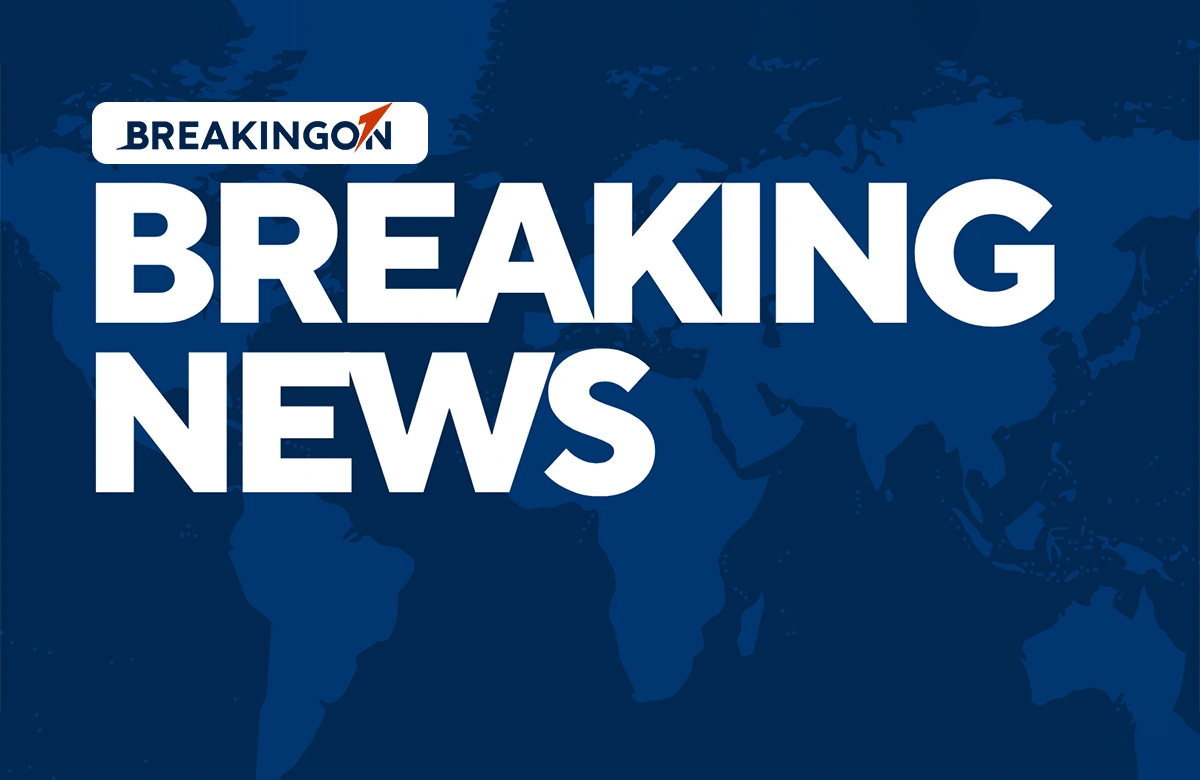
Just hours before a dramatic confrontation in the Oval Office, President Donald Trump and his team believed they had discovered a way to align the president’s urgent desire to end the war in Ukraine with the Ukrainian leaders’ pressing need for ongoing security assistance. The East Room of the White House was beautifully adorned with greenery and four pairs of American and Ukrainian flags, all set for the signing of a critical minerals deal, as described by national security adviser Michael Waltz. Meanwhile, White House staff prepared a celebratory lunch featuring rosemary roasted chicken and crème brûlée, the menu elegantly displayed on stationery featuring intertwined American and Ukrainian flags.
Expectations were high among White House officials, who anticipated a positive meeting without any signs of animosity. Both sides expressed satisfaction with the minerals deal, which they hoped would recalibrate the relationship between the United States and Ukraine, according to officials who spoke on the condition of anonymity due to the sensitive nature of diplomatic relations. The night prior, Trump was reportedly in an optimistic mood, setting the stage for what many believed would be a constructive dialogue.
However, the events that unfolded on Friday afternoon were far from the anticipated resolution. Instead of a harmonious conclusion to a week filled with positive interactions from two transatlantic leaders, the meeting devolved into a public rebuke of Zelensky by both Trump and Vice President JD Vance. This incident exposed the growing rift between Europe and the Trump administration, putting U.S. aid for Ukraine, the prospects for peace in Europe, and the future of their bilateral relationship in jeopardy.
The underlying tensions were fueled by long-standing Republican grievances regarding a perceived lack of respect from Zelensky, along with memories of a recent meeting in Munich where Zelensky, Vance, and Secretary of State Marco Rubio had serious discussions about the minerals deal. Since 2023, Zelensky’s popularity within the Republican Party has plummeted, with Vance emerging as a vocal critic, advocating for the cessation of U.S. funding for what he termed a “never-ending war.”
Last month, Trump labeled Zelensky a “dictator” who was intent on maintaining a “gravy train” at the expense of the U.S., and he falsely claimed that Ukraine had instigated the war. The weekend's GOP accolades for Trump and Vance's harsh words aimed at Zelensky marked a significant shift in the party’s stance toward Ukraine, seemingly aligning the U.S. more closely with Russia. This shift was further exemplified by the U.S. voting against a United Nations resolution condemning Russian aggression in Ukraine.
Earlier that week, French and British leaders had managed to avoid conflict during their White House visits, even offering to send troops to Ukraine to facilitate a peace agreement. On the day of the meeting, Trump spoke with NATO Secretary General Mark Rutte, who stressed that any peace deal would require enduring solutions.
As Zelensky arrived for his fifth visit to the White House, the atmosphere quickly shifted. After stepping out of his black SUV clad in his traditional wartime fatigues, Trump remarked to reporters, “He’s all dressed up today.” This comment highlighted longstanding criticisms from some conservatives regarding Zelensky's attire. Tensions escalated further when a reporter questioned Zelensky about his choice of clothing, igniting an uneasy atmosphere in the room.
As the discussions progressed, Trump and Vance raised their voices at Zelensky, who urged them to calm down. The exchange intensified when Zelensky insisted that he could not agree to a ceasefire without security guarantees. Reporters pressed Trump on whether the U.S. would provide any security assurances, leading to further friction when Zelensky challenged Vance’s understanding of the war, suggesting he lacked firsthand experience.
Vance's response that he was aware of the propaganda tours in Ukraine set the tone for a combative meeting. Following this, Trump, who had been listening intently, chimed in, reinforcing the criticism directed at Zelensky. The conversation took a contentious turn, with Vance questioning Zelensky’s respectfulness in challenging U.S. strategy in such a public setting.
As the meeting concluded, Trump noted to aides that the exchange would likely generate significant media attention, calling it “great television.” Once the press left the Oval Office, Zelensky and his delegation were kept waiting as Trump consulted with his advisors. Waltz later recounted that they unanimously advised Trump against further engagement after the tensions escalated, believing that any continued interaction would be counterproductive.
In the aftermath, Zelensky’s delegation, visibly shaken, awaited news from Waltz and Rubio, who had previously been supporters of Ukraine. Waltz conveyed a stern message to Zelensky about the urgency of the situation, emphasizing that time was running out for both Ukraine on the battlefield and in securing U.S. aid.
Senator Lindsey Graham remarked that Zelensky would need to “fundamentally change or go,” reflecting the gravity of the situation. In contrast, Senator Lisa Murkowski publicly criticized Trump for distancing the U.S. from its allies while aligning with Russia. Following the tense meeting, Zelensky traveled to London to meet with Prime Minister Keir Starmer, who arranged a summit with European leaders to rally support for Ukraine.
As NATO Secretary General Rutte described the White House meeting as “unfortunate,” he urged Zelensky to find ways to mend his relationship with Trump and other administration officials. During a BBC interview, Rutte acknowledged the crucial need for allies to remain united, highlighting that the future of U.S. aid for Ukraine hangs in the balance.